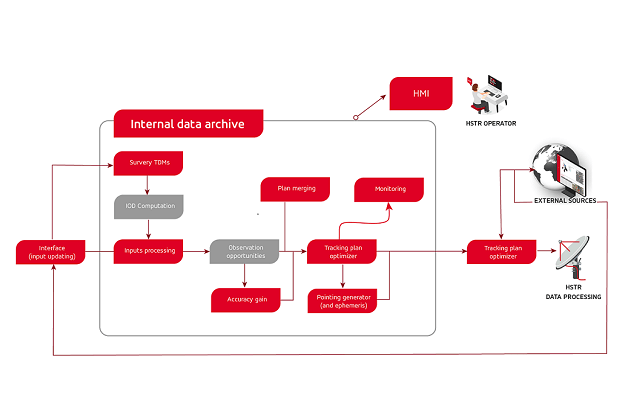Greek Space Debris Tracking Radar to rely on GMV technology

The European Space Agency (ESA) has awarded a contract for the design, manufacture, and deployment of the future Greek Space Debris Tracking Radar (HSTR) to a consortium led by the Spanish company TTI Norte and including GMV.
HSTR is a brand-new SST sensor that will be designed and built by Greece to enhance the existing network of European SST sensors. This sensor will add tracking capabilities for the LEO region, an already overpopulated region that will become increasingly congested with the growth of mega-constellations. With HSTR and the other European SST surveillance radars, Europe will be able to build its own SST catalogue for the LEO region, improving upon the accuracy of current catalogues.
As part of this endeavor, GMV has been entrusted to handle the external interfaces and to implement the planning and tasking (scheduling) component of this radar system. GMV will contribute to the system-level specification as well as to the specification, design, implementation, and validation of the external interfaces and scheduling subsystems. In this way, the company will strengthen its position in the area of sensor planning and tasking, which now includes a specific scheduler for tracking radars using state-of-the-art algorithms for the stare-and-chase concept and scheduling optimization.
The HSTR will be used to support SST operations such as orbit refinement, re-entry prediction, and collision avoidance, as well as other services currently provided by the EU SST partnership and for which GMV has extensive experience from several projects with EU national space agencies. This project represents a new opportunity to expand GMV’s involvement in such endeavors.